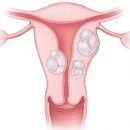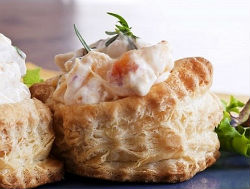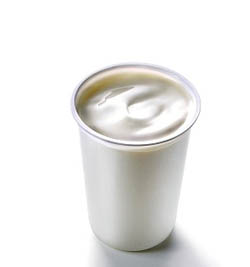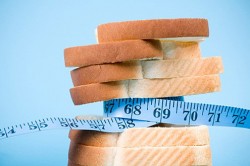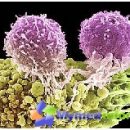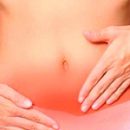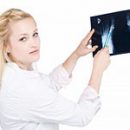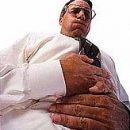Diet number 5 is a special nutrition system, which is used as one of the components of the treatment of liver disease and biliary tract. In particular, this diet is used in the treatment of diseases such as Chronic hepatitis, cholelithiasis, cholecystitis In the remission stage, as well as sharp cholecystitis and hepatitis during the recovery period. This diet will also be useful after a complex gallbladder removal operation. In addition, diet number 5 is prescribed when Cirrhosis of the liver, and also in all cases when patients have no accompanying diseases of the stomach and intestines.
Basics of diet
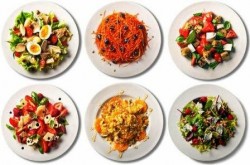
This therapeutic nutrition system involves eating certain products that we will talk about in the next subsection of our article. At the same time, a diet number 5 also has certain recommendations for cooking. This diet allows you to normalize the work of the liver and biliary tract. In addition, fat and cholesterol exchanges are regulated using this careful diet. This diet stimulates the bile outflow, the integration function of the intestine and the accumulation of glycogen in the liver.
The number of proteins, fats and carbohydrates in the Diet menu No. 5 depends on the needs of the body. During this diet, products are excluded that can cause increased secretion of secrets in the stomach and in the pancreas. Such food products include essential oil products. Also from the diet should be excluded all refractory fats, dishes that are rich in cholesterol, and all fried dishes. In addition, from the diet of patients, it is necessary to eliminate fat oxidation products that are usually formed during the preparation of fried food. At the same time, it is recommended to include more fruits and vegetables, which stimulate the outflow of bile and output of excess harmful cholesterol.
The daily caloric content of the Menu diet number 5 is approximately 2200-2500 kilocalories. At the same time, in the diet, there are approximately 80-90 grams of fats and proteins, as well as about 300-350 grams of carbohydrates. Food is recommended to take only warm. Too hot and cold food are excluded.
Dishes that are prepared with this diet usually contain quite a lot of pectin, liquid, lipotropic substances and useful food fiber digestion. Food during a diet is usually accepted by small portions 5-6 times a day. At the same time, all dishes are mainly prepared by cooking or baking. Sometimes cooking is allowed by extinguishing. When cooking, carrots, onions, flour, as a rule, are not subjected to roasting. As for the housing meat and vegetables, which is rich in fiber, these products are usually crushed and shared before use.
Permitted products
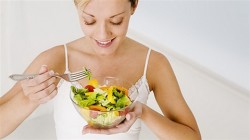
To the forbidden bakery products during this diet include fried patties, products from a dough test, as well as very fresh bread. Soups are prohibited by any meat, mushroom soups. It is forbidden to include soups on fish broth. All grades of oily meat, duck meat, goose meat, as well as various sub-products, such as brains, liver and kidney. In addition, fatty fish are prohibited. Also under the ban during diet No. 5 any smoked and canned food.
In addition, patients are extremely recommended to use fat and culinary fats. From greenery prohibited spinach, radishes, sorrel, radish and green onions. As for eggs, they are prohibited in fried form in and welded (screwed). Under the ban also any pickled vegetables and caviar. From spices under the ban of mustard, horseradish and pepper. From berries and fruits It is forbidden to include all sour. In addition, it is not allowed to eat chocolate, ice cream. Beverages are prohibited black coffee, any cold drinks and cocoa. Under the strict ban any alcoholic beverages. Bean cultures and sweets are also prohibited. As for salt, its daily rate at diet No. 5 is approximately 10 grams per day.
The list of allowed products and their preparation methods, as well as a list of prohibited products depend on the specific disease. Therefore, some varieties of diet number 5 have been developed, which are used in special states. MyMedinform.COM will tell about it.
Diet number 5A
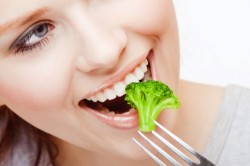
This kind of diet is intended for the treatment of sharp cholecystitis and hepatitis. In addition, this diet is used in exacerbation of chronic hepatitis, as well as in exacerbation Gallgamed disease. This diet is a moderate restriction in the food of the table salt and organic fats. Also, subject to this diet, it is necessary to avoid chemical and mechanical stimuli mucosa and gastrointestinal receptors. Unlike a diet at number 5, this diet contains less fats in its daily diet. So, in the daily diet diet number 5a contains 70-80 grams of fat. However, the content of proteins and carbohydrates remains the same, t. E. 80-90 grams of proteins and 300-350 grams of carbohydrates. If the patient has a sharply expressed dyspeptic syndrome, then the amount of fat is reduced to 50 grams per day. All other recommendations are almost identical to Diet No. 5.
Diet number 5P
Indication for the use of diet No. 5P is chronic Pancreatitis During recovery. With this diet, the patient's daily diet contains 80 grams of proteins, 200 grams of carbohydrates and 40-60 grams of fats. At the same time, the daily rate of free fluid is 1.5-2 liters, and the daily rate of the salt is approximately 8-10 grams. All other recommendations are almost identical to a diet at number 5.
Diet number5

This diet is prescribed in postcholycystectomic syndrome during the aggravation stage. At the same time, in the daily diet of the patient, approximately 60 grams of fats, 90 grams of proteins and 300 grams of carbohydrate will hold back. The daily rate of the cooking salt is only 6 grams.
Diet №5l / w
This diet is also called lipotropic fatty diets. Indication to this diet are chronic liver diseases that are characterized by bile stagnation. At the same time, the diet of the diet contains approximately 110 grams of fats, 90 grams of proteins and 350 grams of carbohydrates. As you can see, this diet is characterized by increased fat content. The daily rate of the table salt is about 8 grams.
Diet №5
Indication to the use of diet No. 5r is the so-called dumping syndrome, which appears after surgery on the stomach due to ulcerative disease. The daily diet of patients with this nutrition system contains 90 grams of fats, 120 grams of proteins and 400 grams of carbohydrates. Daily rate of cook salt - 8 grams. In compliance with this diet, patients must take food in small portions every 2.5-3 hours. Especially strictly recommended to stick to this diet in the first year after the operation. After eating, it is recommended to lie down for half an hour.

